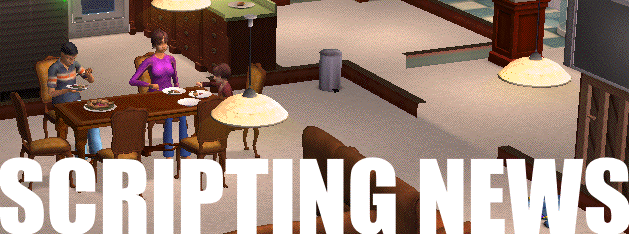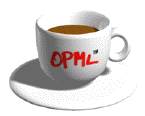
 Post-Osama America
Post-Osama America 
Quick thoughts then I have to get back to programming.
Osama shaped the current America as much as any President has.
Like it or not that's a fact.
That he remained at large for so long weighed heavily on us. We didn't know how much. Until the weight was released. Now we know.
 It hit me today reading a blog post by Berzerkeley, where she explained how a slow faucet was adding surprising weight to her life.
It hit me today reading a blog post by Berzerkeley, where she explained how a slow faucet was adding surprising weight to her life.
Then I realized that until this week we hadn't resolved a very important part of 9-11, and it was weighing heavy on all of us. As long as Bin Laden was still alive, we were still under his thumb. There may be more acts of terrorism in the US, but there will never be another one from him.
I don't think you can understand this if you're not an American. And I didn't feel it so much from Calif, where I experienced 9-11, the way New Yorkers and people in DC and Boston do. The closer you get to the human tragedy of 9-11, and don't overlook it was that, the clearer it becomes.
I read a USA Today account of how people died in the elevators of the WTC on 9-11. It was riveting. Whatever you want to say about the USA, the people who died on 9-11 here were innocent. As innocent as any victim anywhere else in the world. And many of them suffered horrible deaths. Unthinkably horrible. Phoning loved ones to say goodbye. Jumping off the building holding hands. Rushing into cataclysm to save others. Waiting in shock to find out if someone you care about lived or died.
Osama's death was quick. And he deserved what he got. I don't think he suffered.
I'm not a jury, I don't have to be objective about this. Americans who celebrated in NY and DC weren't on a jury either, and they could express their relief however they wanted. That's the glory of the USA.
Yeah, they were celebrating someone's death. And whether you like it or not, for America to move on, Osama bin Laden had to die.
BTW, I sat next to a Pakistani UN engineer on his way to Haiti on the last leg of my flight home from Amsterdam. We had a very interesting conversation about our different perspectives of the unfolding events. Neither of us were home when it happened.
 New OPML nodetype: html
New OPML nodetype: html 
 I've always wanted a way to edit whole websites in a single outline. It would give me a lot of flexibility as an author, and with the memory capabilities of today's computers, it's not such a crazy idea. I already edit outlines that are several megabytes in size. The software handles it without any problem. It's written in C and over the years the CPUs have gotten quite fast, and scrolling through and reorganizing what would have been unthinkably huge outlines when the code was written in the late 80s, is now no problem. The algorithms we used back then have stood up well over time.
I've always wanted a way to edit whole websites in a single outline. It would give me a lot of flexibility as an author, and with the memory capabilities of today's computers, it's not such a crazy idea. I already edit outlines that are several megabytes in size. The software handles it without any problem. It's written in C and over the years the CPUs have gotten quite fast, and scrolling through and reorganizing what would have been unthinkably huge outlines when the code was written in the late 80s, is now no problem. The algorithms we used back then have stood up well over time.
Why would I want to have a whole site in a single outline? Well, I manage lots of very small single-purpose sites. Some of them are only a landing page, a place-holder. Others simply document a format or protocol, and are actively worked on for a while and then basically don't change, forever. It's always hard to remember how to make small edits to these sites. It would work best if they were all in an outline that I could expand and collapse and reorganize at will. And the outline structure would also serve as a directory for users to browse.  The unifying idea has eluded me for years, almost within grasp, but as my mind siezes on it, it slips away.
The unifying idea has eluded me for years, almost within grasp, but as my mind siezes on it, it slips away.
Then I finally figured it out on the flight from Amsterdam to Boston. The world outline is almost exactly what I want. I just need to tell it how to switch gears, how to shift from structure mode to HTML mode. And for that we already have a way to tell processors how to interpret the content of an outline node and its subs -- the type attribute. And I have a processor running to implement this in -- worldoutline.scripting.com.
That's the motivation, now here, in a bulleted list are the elements.
1. An outline with a node with a type attribute whose value is html.
2. When the processor encounters such a node, it gathers all its subtext and returns it.
3. If the processor doesn't understand this type, it does nothing special.
An example of such an outline. If you scroll down near the bottom you'll see a node of type html that has a placeholder page for a site called mageddon.org. If you go to the test section of the worldoutline, the 4th item is the html node. Click on the icon next to it. You should see a page with the HTML on it.
I can edit the contents of this page by editing the outline.
Next steps are to allow you to map a domain to one of these nodes.



